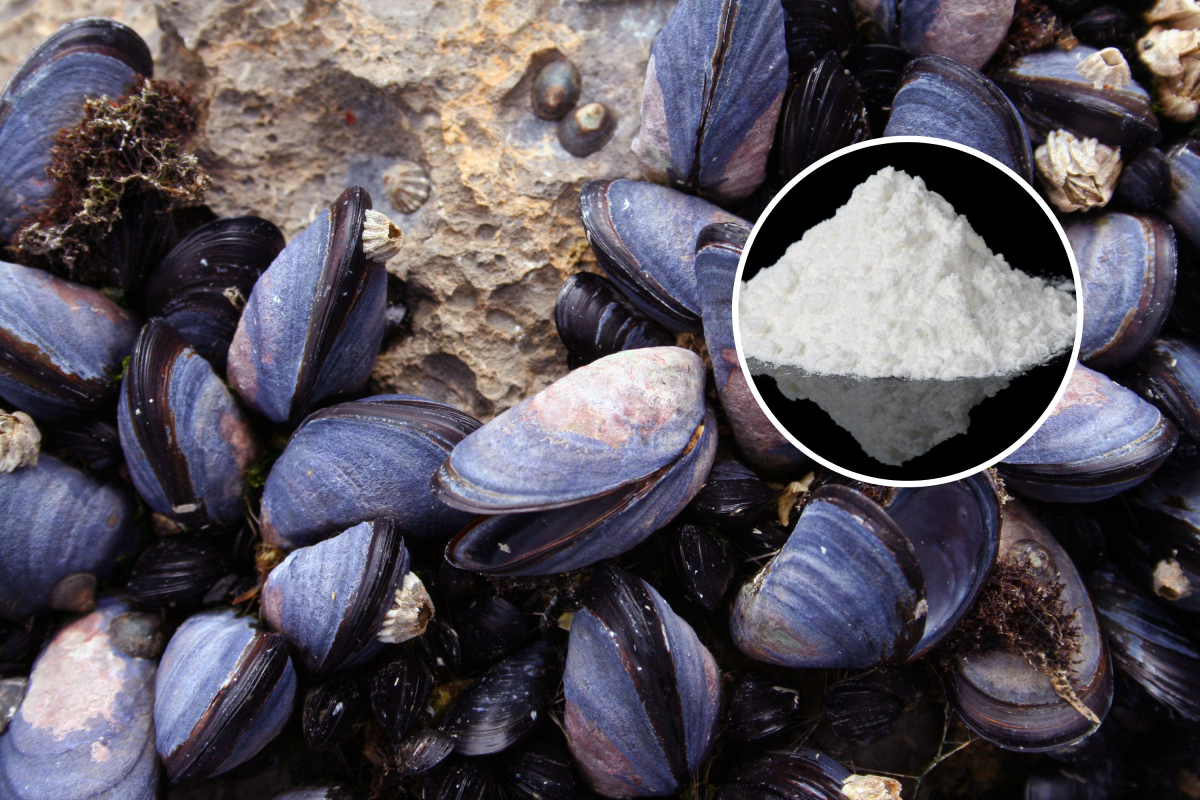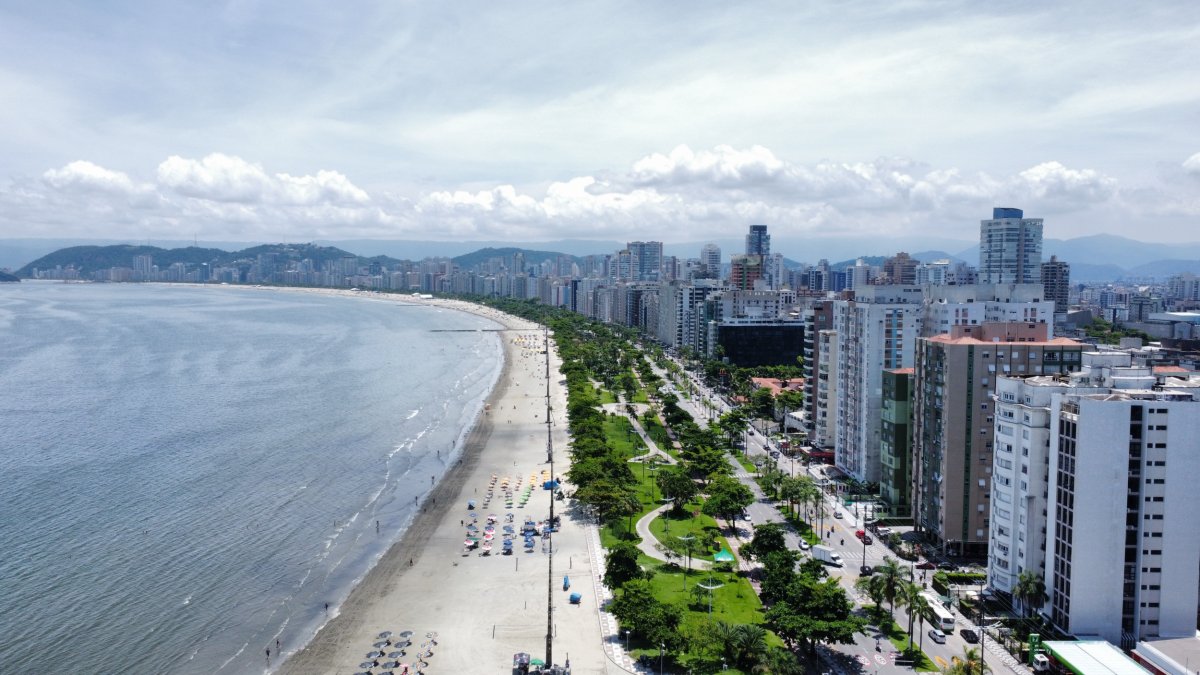A huge amount of cocaine contamination in Brazilian waters could be making marine life high, with a range of severe effects.
The drug has been found in the water and sediments of the Bay of Santos, one hour from the city of São Paulo, researchers at the Federal University of São Paulo (UNIFESP) have found. Santos, with its beach, is a popular destination for São Paulo residents and the area is home to the largest seaport in Latin America.
Researchers found through a laboratory study, that the drug is causing severe toxicological effects on marine creatures such as mussels, mangrove oysters and fish. Because of this, cocaine has now been classed as an "emerging contaminant of concern."
The drug was first found in the surface water of the Bay of Santos in 2017. Medicines such as ibuprofen, paracetamol and diclofenac were also identified. The cocaine concentration, however, accumulated to an amount equivalent to that of the caffeine in the water.

"Cocaine today is, in fact, a contaminant of the Bay of Santos. We found drug contamination spread throughout the region," Camilo Dias Seabra, a professor at UNIFESP said in a panel discussion during the São Paulo Research Foundation (FAPESP) Week held in Illinois, which took place April 9 and 10 in Chicago.
"It's a huge concentration of cocaine if we imagine the consumption of caffeine. These findings were very surprising," he said.
The cocaine concentrations found in brown mussels were way higher than the amount found in the water, the study found.
"This is a high bioaccumulation factor. Therefore, the seafood in the Bay of Santos may be contaminated by cocaine, but not only by cocaine," Seabra said.

The cocaine was found to be having serious effects on the marine creatures. After just one week of exposure to the drug, the mussels were experiencing a higher than usual amount of dopamine and serotonin, the research found. The drug causes a surge in these neurotransmitters, which is what causes a "high" feeling. However, these neurotransmitters could drastically affect the mussels reproductive systems.
They were also not the only creature affected by the contamination. In eels, it negatively affects the production of hormones and egg formation, according to the research.
"Eel eggs exposed to cocaine had a lower maturation rate. In this way, cocaine can be understood as an endocrine disruptor in these animals," Seabra said.
Oysters also suffered severe cytotoxic and genotoxic effects from the drug, the researcher reported.
Contaminants can enter the sea through a number of avenues although at first it was not clear how such a high concentration of the drug ended up in these waters.
When cocaine was first discovered in the Bay of Santos in 2017, researchers theorized it was a result of a carnival taking place at the time, with many tourists in the area.
However, this theory was later debunked.
"We thought it might be a carnival phenomenon. But we did seasonal monitoring and found that, throughout the year, cocaine and its metabolites were present not only in the water but also in mussels, for example," Seabra continued.
The researchers contacted the press office of the São Paulo State Environmental Corporation (CETESB) about the contamination found in the water.
"CETESB systematically monitors the quality of the state's coastal waters, including the area of influence of the Santos submarine outfall, and conducts ecotoxicological tests on samples from this area to assess the possible effects of the presence of contaminants on aquatic fauna," a statement that was provided read, as reported by the researchers.
It is possible that these cocaine concentrations have been building up in the bay ever since the 1930s, according to the research. What is clear, however, is that the amount has increased in recent years.
The Bay of Santos lies in the middle of a main drug trafficking route from Latin America to Europe.
"Untreated sewage may be related to the high concentrations of cocaine we find in the Bay of Santos. But we also have a public health problem in the region, related to the use of crack and other drugs, and public safety. It's a complex scenario for us to better understand the environmental and social risks involved," Seabra said.
Do you have a tip on a science story that Newsweek should be covering? Do you have a question about cocaine contamination? Let us know via science@newsweek.com.
Update 04/26/24, 11:01 p.m. ET: This article was updated with a picture of the bay.
Uncommon Knowledge
Newsweek is committed to challenging conventional wisdom and finding connections in the search for common ground.
Newsweek is committed to challenging conventional wisdom and finding connections in the search for common ground.
About the writer
Robyn White is a Newsweek Nature Reporter based in London, UK. Her focus is reporting on wildlife, science and the ... Read more
To read how Newsweek uses AI as a newsroom tool, Click here.








